kkamin
TPF Noob!
- Joined
- Aug 25, 2009
- Messages
- 515
- Reaction score
- 17
- Location
- Minneapolis
- Website
- www.kevinkaminphoto.com
- Can others edit my Photos
- Photos OK to edit
I have read that the smaller the light source the brighter the direct reflection. I'm trying to wrap my brain around if that is a truism in all scenarios. I know if I have a soft box very far from my subject it will effectively be a small source and I will open up my aperture more to get a "normal exposure" thereby exposing the direct reflection of the light source more and rendering a brighter highlight. If I bring that soft box up super close to get an effective larger light source, I will stop down my camera and the direct reflection will be milkier and show more tone and texture through it. But does this hold up if you put on a larger or small light modifier rather than move the light? I feel if you swapped a smaller light modifier for a larger one to achieve a larger direct reflection, you would have to power up the light or open up the aperture and the highlight would get brighter.
Also I read that even if you have a milky highlight smaller pockets that catch the highlight can get brigher--why is this?
Confused. Please help.
Also I read that even if you have a milky highlight smaller pockets that catch the highlight can get brigher--why is this?
Confused. Please help.



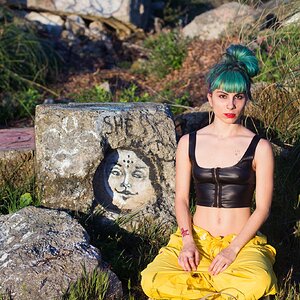


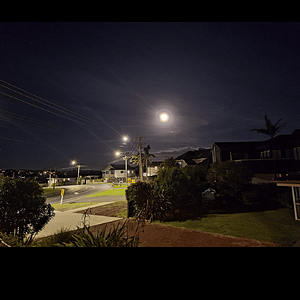
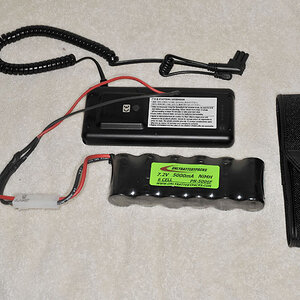
![[No title]](/data/xfmg/thumbnail/40/40287-4f839095000f74d779b90ed75df9dc62.jpg?1619739408)

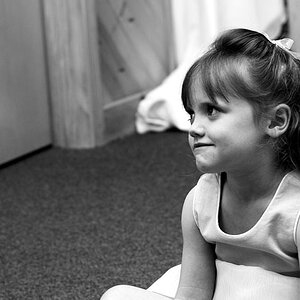
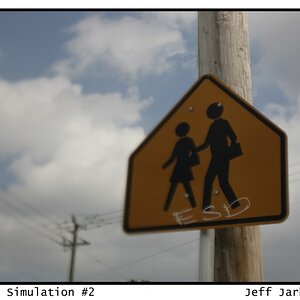
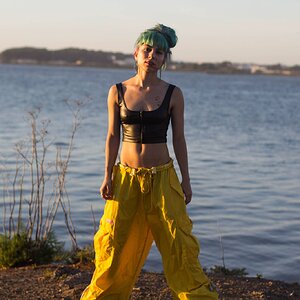
![[No title]](/data/xfmg/thumbnail/40/40285-2ce5915035c220ccb3485030863b62d0.jpg?1619739408)